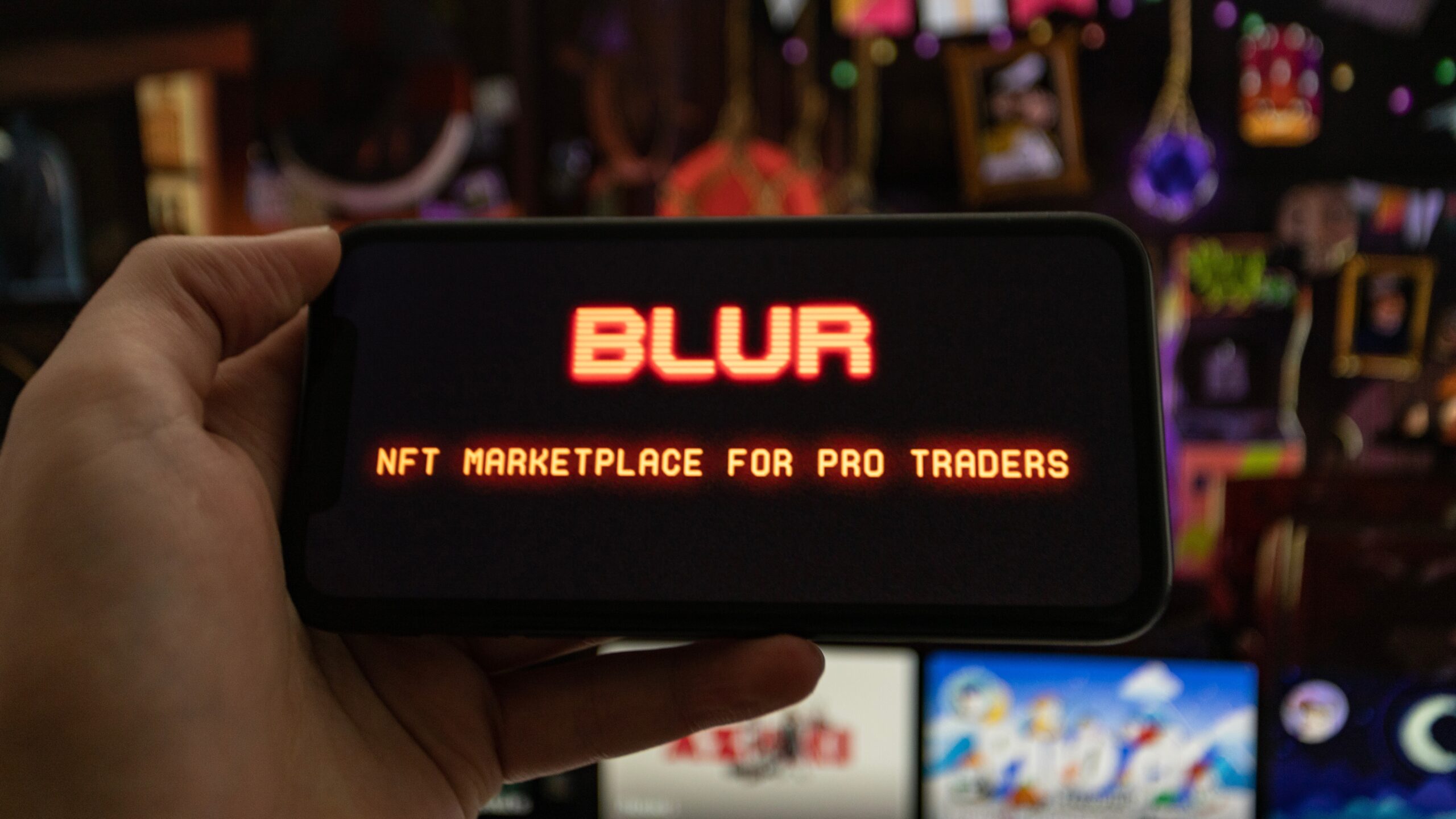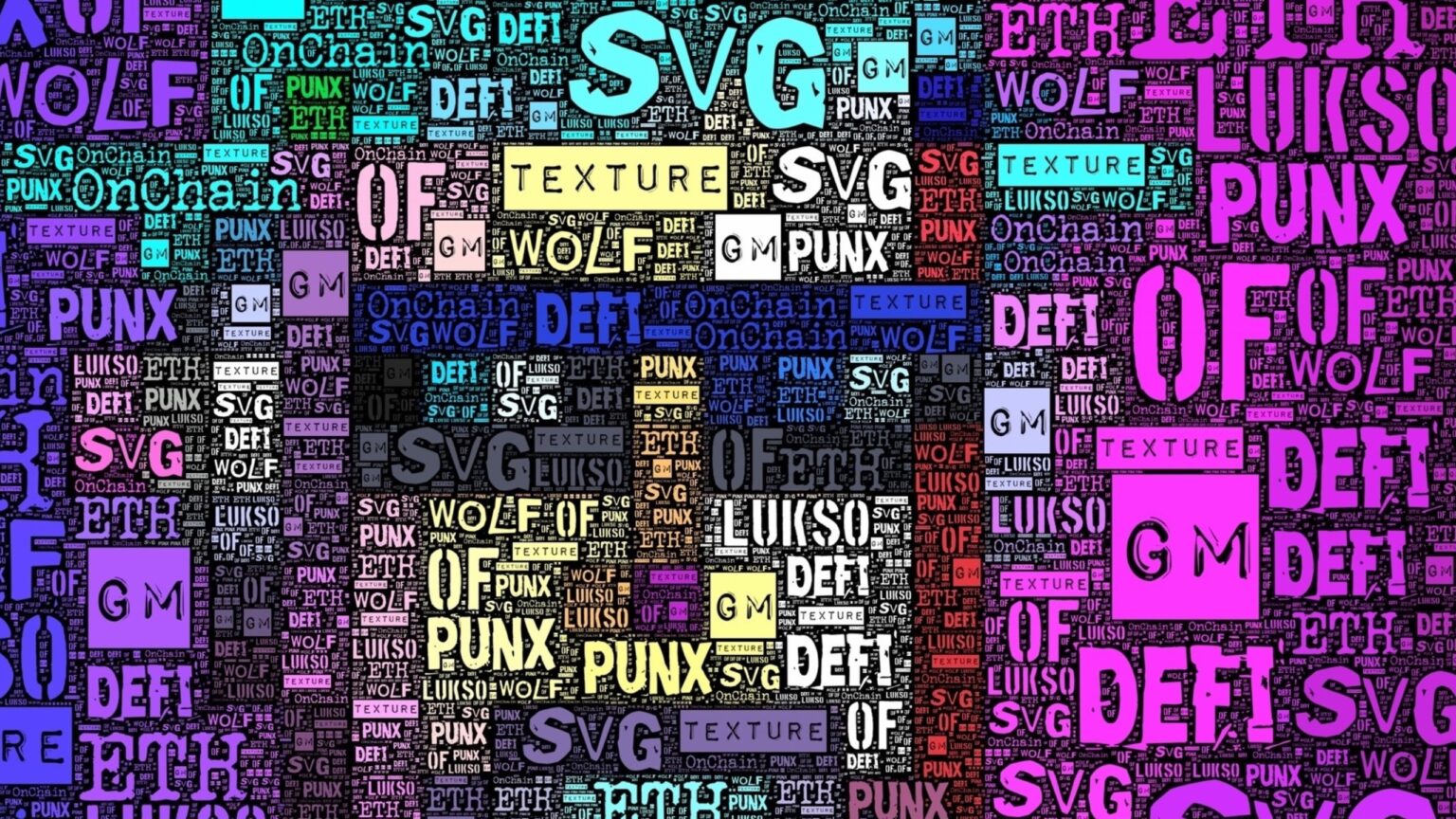The increasingly competitive non-fungible token (NFT) market is ending the promise of perpetual royalties for artists.
With OpenSea and Blur battling it out for NFT market supremacy, the creators of digital art find themselves on the front lines and joining the growing casualty list.
The end of an era
The war of the NFT marketplaces is hitting artists where it hurts: their livelihoods. With the NFT market in contraction, bypassing creator fees is one of the ways marketplaces can stay competitive.
OpenSea at first attempted to protect creator fees in the face of fierce competition from its rival Blur. The attempt failed. Blur found itself able to eat away at OpenSea’s market share thanks in large part to its lower fees, something made possible by axing creator royalties.
In August, with an air of inevitability, OpenSea raised the white flag and announced changes to royalty payments. As OpenSea said, royalty payments “required the buy-in of everyone in the Web3 ecosystem, and unfortunately that has not happened.”
OpenSea’s capitulation marks the end of one of the primary ideals of NFTs: that the artists who create them should continue to profit from their resales in perpetuity.
Without ongoing royalty streams for creators, the NFT market loses at least some of its lustre.

Profits over idealism
OpenSea may once have held the market’s top spot, but it has since been overtaken by Blur.
Blur ate into OpenSea’s market share with a number of novel mechanisms. In particular, Blur leveraged its token (BLUR) to reward its users and increase trading. It removed platform fees and bypassed OpenSea’s royalty agreements.
Users seeking to flip NFTs for profit quickly realized that the best way to improve their margins was to cut out OpenSea and creator royalty agreements. In essence, the market was quickly at odds with OpenSea’s business model.
OpenSea identified three primary reasons why the creator royalty model failed.
Firstly, the majority of trading volume migrated to zero-fee marketplaces, including Blur, Dew, and LooksRare. Aggregators also circumvented the creator fee filter. The fees would require enforcement by everyone in the ecosystem, and that never happened.
Secondly, the creator royalty filter restricted the market between fee-paying and zero-fee marketplaces, diminishing decentralization.
Lastly, OpenSea now argues that creator fees are just one way for creators to monetize their work and that other means of monetization are available. Many creators are not on board with OpenSea’s third point since removing creator fees reduces creator choice rather than increases it.

Make the pie smaller
If the end of royalties is buffeting artists, the prevailing market conditions provide little shelter. Blur may be capturing a significant market share, but the market itself is shrinking.
In January 2022, the NFT trading market peaked at $16 billion. In August 2023, that fell to $559 million as the value of non-fungible tokens declined sharply. The volume of NFTs being traded also fell sharply, down 60% from last year.
In short, there is far less trading at far lower prices. The picture, for now, seems bleak. For artists who have been squeezed during the bear market, a return to better times now seems very distant.
With the size of the pie rapidly shrinking and zero fees proving to be a zero-sum game, NFT artists are left dining on crumbs.









 and then
and then